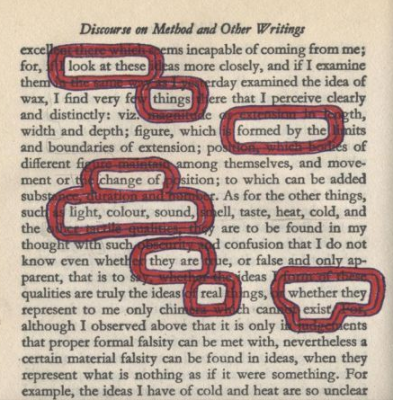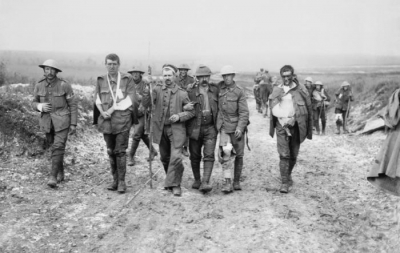WHAT IS FOUND POETRY?

Found poems are simply the literary equivalent of a collage. Created by assembling borrowed text from published newspaper articles, street signs, graffiti, letters, speeches, poems, and sometimes even documents like tax forms or medical reports, this poetry recycles words by giving them a new meaning and context.
This mode of writing not only makes poetry accessible but also gives a fresh insight into evocative writing.
The origin story
According to the former U.S. poet laureate Billy Collins, the cento (Latin for patchwork) which belongs to the third Century, may have been the original found poem.
A cento-poet often refashioned lines from the works of various revered writers like Homer and Virgil to create a unique verse. The Greeks and Roman assembled centos to pay homage to the literary idols of the past.
Types of Found Poetry
Found poetry can be further classified into blackout poetry, erasure poetry, and cut-up poetry.
Blackout poetry is created by blacking out or blotting certain lines and phrases of an existing article, short story or poem using a pen or a black marker to reinterpret the original work. Contrary to this, erasure poems are created by erasing, clipping out. or obscuring certain lines or words of a printed text using a light coat of white paint.
Cut-up or Remix poetry is curated by literally cutting out words from source materials and rearranging them to create a unique meaning.
A strong proponent of the cut-up approach, American writer William S. Burroughs once said "All writing is in fact, cut-ups. A collage of words read, heard and overheard. What else?"
Found poetry rose to prominence in the 20th century due to its shared similarities with the pop art of artists like Andy Warhol and Marcel Duchamp. It combined literature and visual art to represent the plurality of language.
Picture Credit : Google
